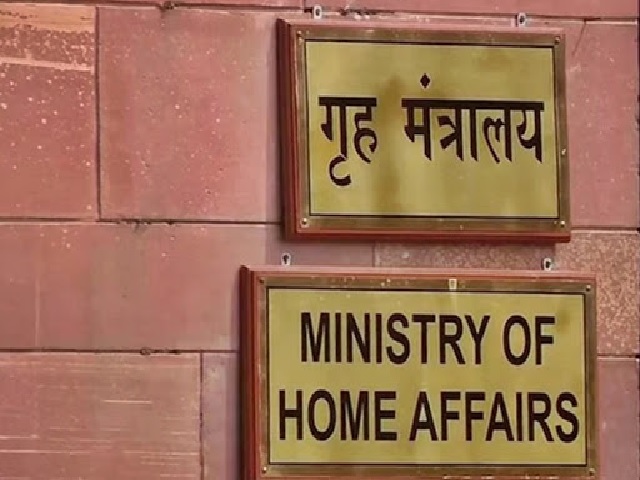India grappled with an unprecedented wave of cyber fraud in 2024, recording over 36 lakh incidents that drained victims of Rs 22,845 crore a staggering 206% increase from the Rs 7,465 crore lost the previous year. This surge, detailed in government data shared with Parliament, underscores the growing sophistication of cybercriminals and the urgent need for enhanced digital defences. With more than 10,000 arrests made nationwide, authorities are ramping up efforts, but the scale of the problem highlights vulnerabilities in the country’s expanding digital economy.
Alarming Rise in Cyber Incidents
The National Cyber Crime Reporting Portal (NCRP) and Citizen Financial Cyber Fraud Reporting and Management System (CFCFRMS), managed by the Indian Cyber Crime Coordination Centre (I4C) under the Ministry of Home Affairs, logged 36.37 lakh financial fraud complaints in 2024. This marks a 42% jump from 24.42 lakh cases in 2023, continuing a troubling trend: cases rose from 10.29 lakh in 2022 (a 127% increase year-over-year) to 15.96 lakh in 2023 (up 55%).
Financial fraud dominated, with scams like investment frauds, trading cons, fake loan apps, sextortion, phishing, and “digital arrests” leading the charge. In digital arrest schemes alone, losses hit Rs 1,935 crore across 1.23 lakh cases in 2024, a 21-fold increase from Rs 91 crore in 2022. Over 45% of these frauds originated from Southeast Asia, including Cambodia, Myanmar, and Laos, where criminal networks exploit Indian recruits and pre-activated SIM cards.
Massive Financial Toll and Hotspots
The Rs 22,845 crore loss equates to about $2.64 billion, with an average daily complaint volume of around 7,000 through mid-2024 a 113% rise from 2021-2022 levels. Stock trading scams topped the list, causing Rs 4,636 crore in losses from 2.28 lakh complaints, followed by investment frauds at Rs 3,216 crore.
Regional data reveals hotspots in smaller cities: Deoghar (Jharkhand), Deeg and Alwar (Rajasthan), Nuh (Haryana) and Mathura (Uttar Pradesh) emerged as key bases for fraudsters. Pune reported the highest urban losses at Rs 6,007 crore across 1,504 cases, dwarfing figures from Mumbai, Thane, and Nagpur combined. Nationwide, cybercrimes tripled between 2022 and 2024, with defrauded amounts soaring 21 times in digital arrest categories.
Government Response and Crackdowns
In response, the I4C has frozen suspicious accounts, saving over Rs 5,489 crore from 17.82 lakh complaints since 2021. Authorities blocked 9.42 lakh SIM cards and 2.63 lakh IMEI numbers linked to fraud. A new ‘Suspect Registry,’ launched in September 2024 with banks, has flagged 24 lakh mule accounts and prevented Rs 4,631 crore in further losses.
The ‘Pratibimb’ module, a mapping tool for cybercriminal networks, facilitated 10,599 arrests, uncovered 26,096 linkages and processed 63,019 investigation requests. Over 10,000 suspects were detained in 2024, including in high-profile cases like a West Bengal court’s life sentence for nine in India’s first digital arrest conviction.
Prime Minister Narendra Modi addressed digital arrests in his October 2024 “Mann Ki Baat,” urging public awareness. The government is expanding cyber-police units, tightening KYC norms and pushing for stronger monitoring by banks and telecoms.
Broader Implications
This epidemic reflects India’s digital boom cybercrimes spiked 900% over four years, with Rs 33,165 crore lost since 2021. A 2025 DSCI report notes 369 million malware detections, driven by rapid connectivity and tech adoption. Sectors like finance and healthcare are hit hardest, with phishing accounting for 85% of 2024 reports.
Experts call for public education, AI-driven detection, and international cooperation to dismantle overseas networks. While arrests and recoveries show progress, the 206% loss surge signals that enforcement must evolve faster than the threats. As India’s digital economy grows, bolstering cybersecurity infrastructure and awareness will be key to stemming these mounting losses.











